By David Gracey
Ok, I’ll admit it: I’m a traffic nerd. Actually this totally complements my personality where rules, lists and efficiency rule the day. My OCD is constantly vigilant for poor rules and activities governing the way we go about our lives. Today, traffic jams are in my sights.
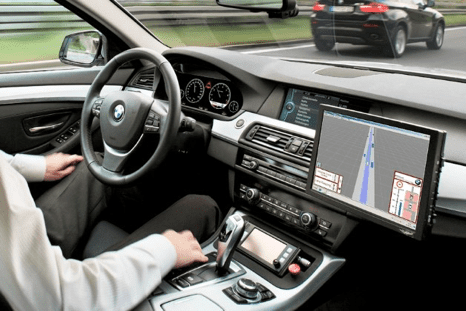 I am fascinated by the coming transportation revolution of self-driving cars. Tesla has done a great job of pushing the envelope and pace of introducing the world to Auto Pilot, which I describe as “cruise control on steroids.” Self-driving it is not: You don’t merely enter a destination on the screen and sit back as the car takes you there. Instead, the car stays in its lane unless you give it ‘permission’ to change lanes with the blinker, at which point it scans the lane to ensure it’s clear and then changes lanes for you. It also maintains a comfortable distance between you and the car in front of you. Make no mistake, this is a HUGE improvement over standard cruise control, but we still have a long way to go to have truly self-driving cars.
I am fascinated by the coming transportation revolution of self-driving cars. Tesla has done a great job of pushing the envelope and pace of introducing the world to Auto Pilot, which I describe as “cruise control on steroids.” Self-driving it is not: You don’t merely enter a destination on the screen and sit back as the car takes you there. Instead, the car stays in its lane unless you give it ‘permission’ to change lanes with the blinker, at which point it scans the lane to ensure it’s clear and then changes lanes for you. It also maintains a comfortable distance between you and the car in front of you. Make no mistake, this is a HUGE improvement over standard cruise control, but we still have a long way to go to have truly self-driving cars.
Widespread adoption of completely automated, self-driving vehicles is not a question of ‘if,’ but ‘when.’ The technology to reliably navigate existing roads and traffic exists; however, it is in its infancy and needs more improvements and testing.
Traffic Jams
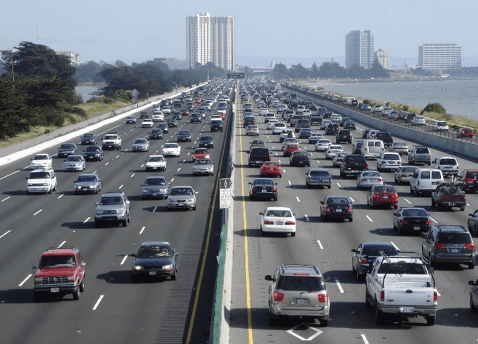 Tailgaters, lane weavers and rubberneckers, not traffic volume, are the primary causes of traffic jams. Traffic back-ups are formed by one or two drivers slamming on their brakes which cause others to brake quickly. This problem is compounded by the “tailgating mindset” that many of us have when driving. With less distance between us, we have less time to react to avoid a crash. This forms a cascading wave of traffic behind us and the traffic jam ensues. Driving with a jam-absorption mindset will offset these start/stop actions by a few and help improve conditions for everyone.
Tailgaters, lane weavers and rubberneckers, not traffic volume, are the primary causes of traffic jams. Traffic back-ups are formed by one or two drivers slamming on their brakes which cause others to brake quickly. This problem is compounded by the “tailgating mindset” that many of us have when driving. With less distance between us, we have less time to react to avoid a crash. This forms a cascading wave of traffic behind us and the traffic jam ensues. Driving with a jam-absorption mindset will offset these start/stop actions by a few and help improve conditions for everyone.
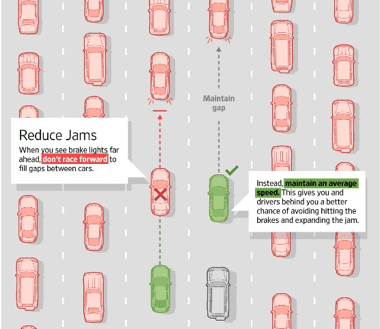 There have been a number of studies in recent years about traffic jam-causing driving habits. Nearly all traffic jams are human-created and preventable. (Re-read that last sentence. I’ll wait.) But, according to a recent article in the Wall Street Journal, a simple, but counter-intuitive solution exists to minimize traffic jams: drive with a consistent speed and maintain a large gap between you and the car in front of you. By keeping a consistent, slower speed, you absorb the stopping and starting action of the traffic in front of you. If you keep an eye on traffic 10 or 20 vehicles ahead of you, your speed can be adjusted up or down to anticipate braking or accelerating. This improves the traffic flow behind you and gets everyone to their destination sooner. Yes, there will be people who cut in front and drive like jerks. But if a few of us start traffic buffering, it will help everyone. Here’s a quick video on trafficwaves.org that shows how it works, as explained by an electrical engineer who has studied this phenomenon for years.
There have been a number of studies in recent years about traffic jam-causing driving habits. Nearly all traffic jams are human-created and preventable. (Re-read that last sentence. I’ll wait.) But, according to a recent article in the Wall Street Journal, a simple, but counter-intuitive solution exists to minimize traffic jams: drive with a consistent speed and maintain a large gap between you and the car in front of you. By keeping a consistent, slower speed, you absorb the stopping and starting action of the traffic in front of you. If you keep an eye on traffic 10 or 20 vehicles ahead of you, your speed can be adjusted up or down to anticipate braking or accelerating. This improves the traffic flow behind you and gets everyone to their destination sooner. Yes, there will be people who cut in front and drive like jerks. But if a few of us start traffic buffering, it will help everyone. Here’s a quick video on trafficwaves.org that shows how it works, as explained by an electrical engineer who has studied this phenomenon for years.
I’ve been doing this for several years myself and have noticed it really does help. And my blood pressure has decreased, which is an added benefit.
Driverless cars will greatly improve and virtually eliminate traffic jams. There are times where the volume of traffic is more than the road can handle. However, automated cars can reduce the distance between vehicles, increasing capacity, and can apply brakes less frequently, which improves fuel efficiency as well as traffic flow. These actions keep traffic moving along. Until the day driverless cars take over, and Skynet becomes self-aware, driving with a gap-mindset will greatly improve traffic.
Totally automated driving is coming. Uber, Google and Tesla are investing billions of dollars in this technology. While we await that day, be part of the solution: drive with a gap-creating, speeding-maintaining mindset and contribute to a better driving experience for everyone.



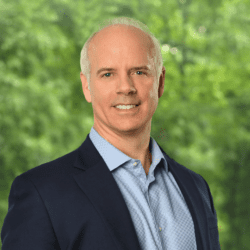
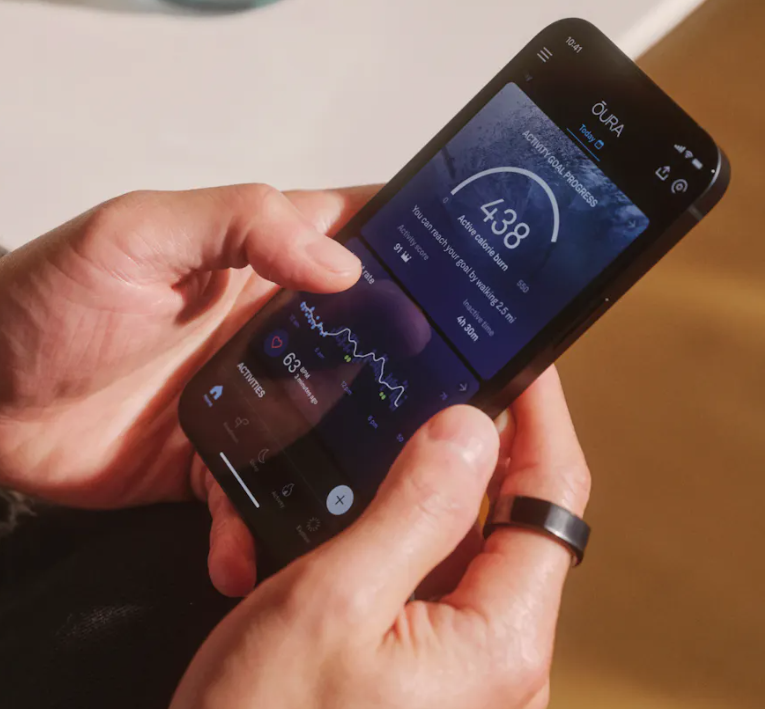
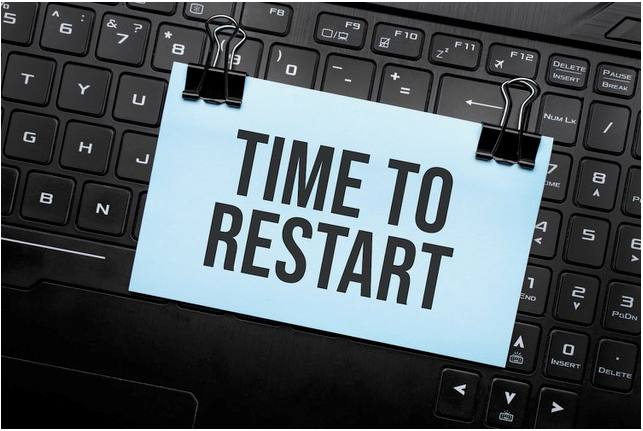
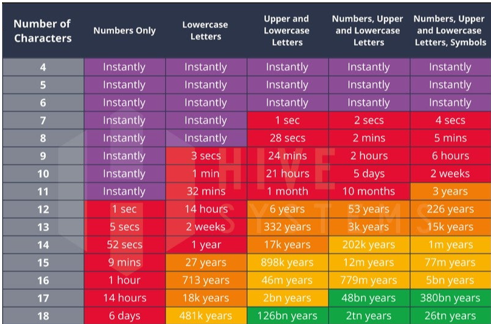
Good article! I’ve often thought that cars need a warning system that lets you know when you’re too close to the car in front of you (maybe something similar to the sound when you’re not wearing your seatbelt). It would be annoying at first, but drivers would soon learn how to judge the appropriate distance & traffic would improve (including fewer delays caused by those who have rear-ended one another). I’ve also thought that if drivers understood how to zipper merge properly, traffic would be vastly improved. So many things we’re evidently not teaching in driver’s ed. 🙂